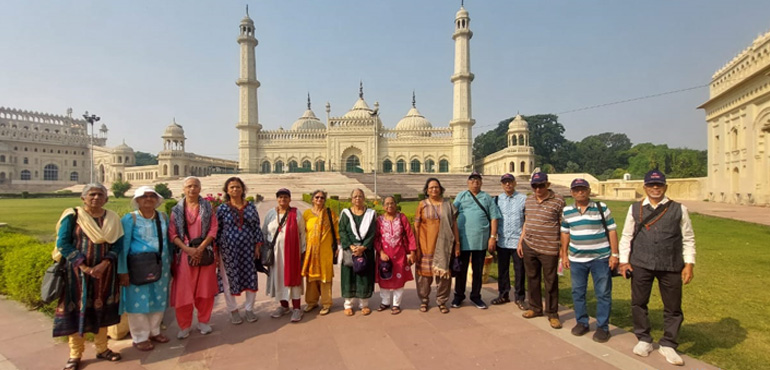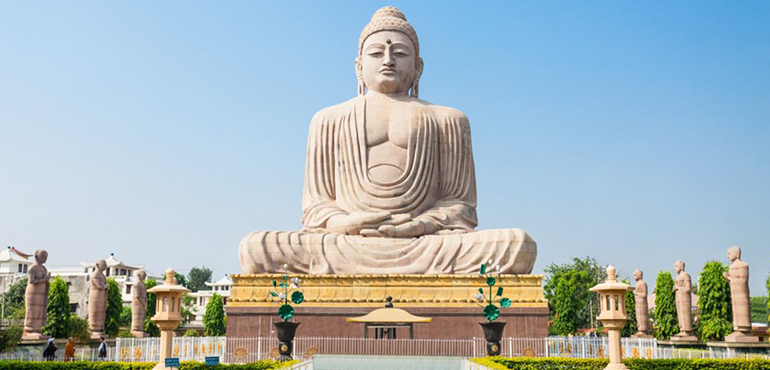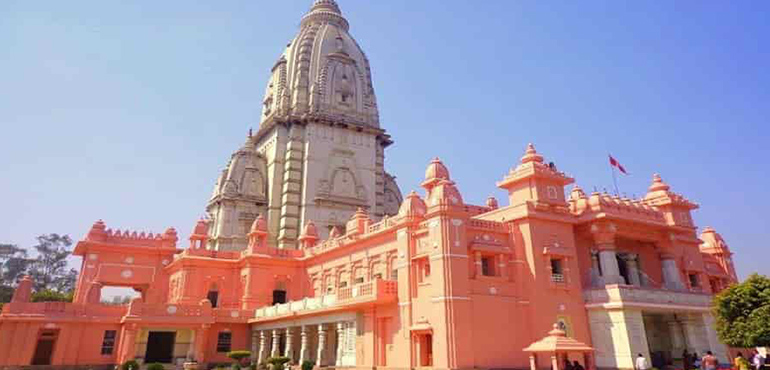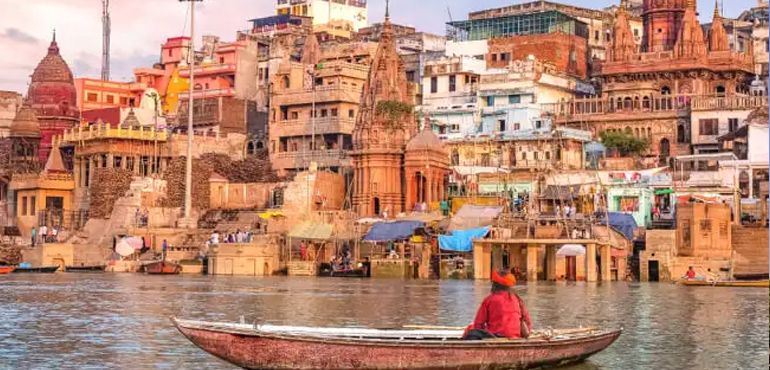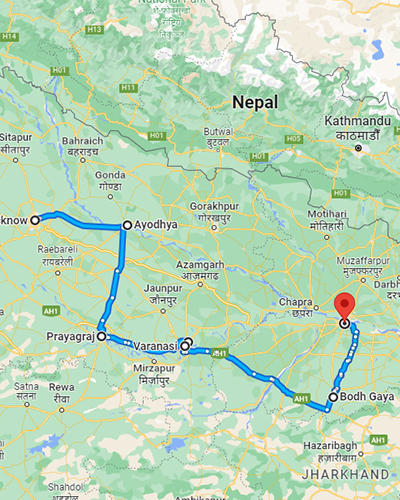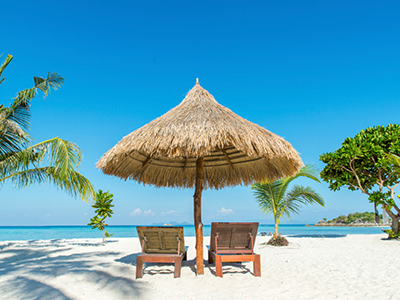Meet and Greet on arrival at Lucknow Airport / Railway station and transfer to Hotel. After fresh-up visit Bara Imambara, also known as Asfi Imambara is an imambara complex, built by Asaf – ud – Daula, Nawab of Awadh in 1784. Bara means big. This imambara is the second largest after the Nizamat Imambara. Construction of Bara Imambara was started in 1780, a year of a devastating famine, and one of Asaf-ud-Daula's objectives in embarking on this grandiose project was to provide employment for people in the region for almost a decade while the famine lasted. It is said that ordinary people used to work in the day building up the edifice, while noblemen and other elite worked at night to break down anything that was raised that day. It was a project that preceded a Keynesian-like intervention for employment generation. Construction of the Imambara was completed in 1794. The estimated cost of building the Imambara ranges between half a million rupees to a million rupees. Even after completion, the Nawab used to spend between four and five hundred thousand rupees on its decoration annually. Chhota Imambara, also known as Imambara Hussainabad Mubarak is an imposing monument. It took 54 years to finalize it. Built as a congregation hall for Shia Muslims, by Muhammad Ali Shah, the Nawab of Awadh in 1838, it was to serve as a mausoleum for himself and his mother, who is buried beside him.
The significance of Panjetan, the holy five, is once again emphasized here with five main doorways. This Imambara consist of two halls and a Shehnasheen (a platform where the Zarih of Imam Husain is kept.) Zarih is the replica of that protective grill or structure which is kept on the grave of Imam Husain at Karbala, Iraq. The large green and white bordered hall of Azakhana is richly decorated with chandeliers and a good number of crystal glass lamp-stands. In fact, it was for this profuse decoration that the Imambara was referred by European visitors and writers as The Palace of Lights. The exterior is very beautifully decorated with Quranic verses in Islamic calligraphy. Dinner and overnight in hotel.


